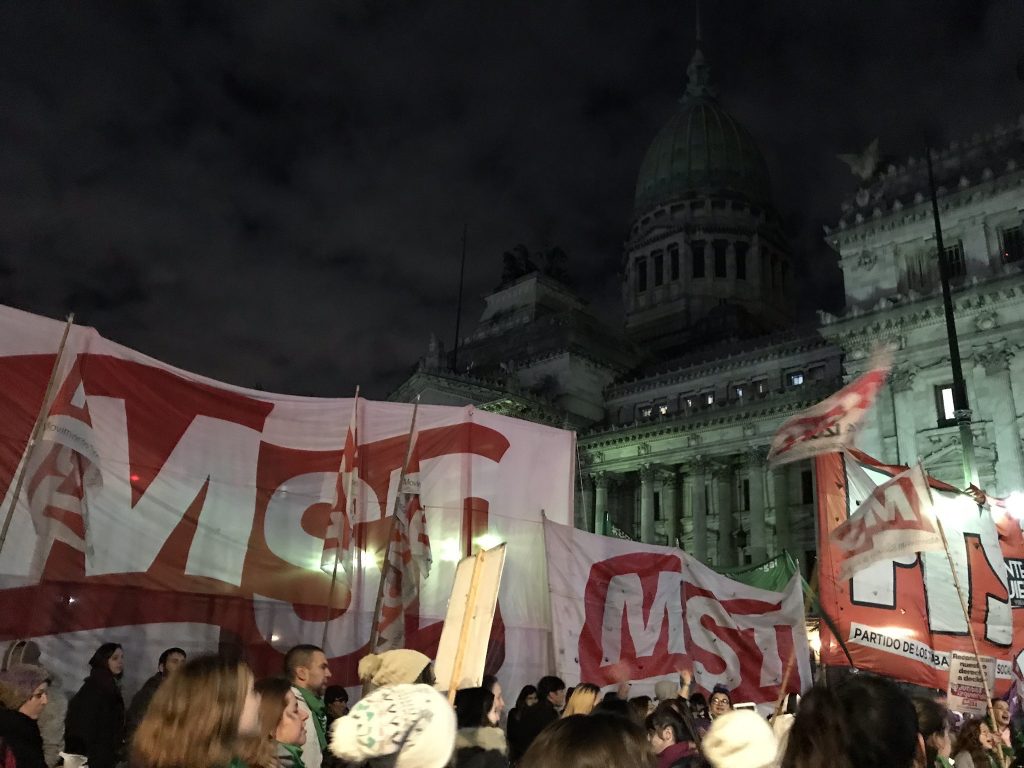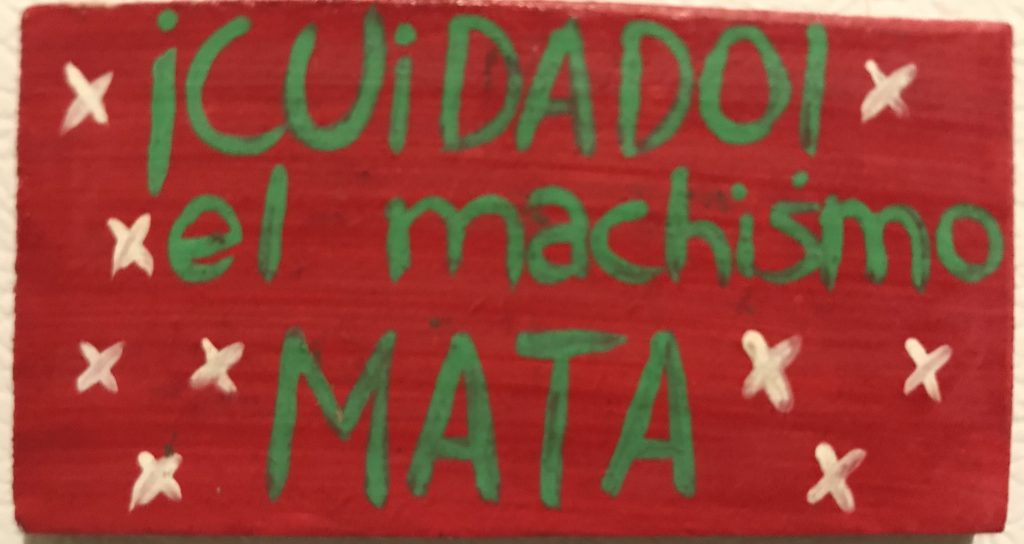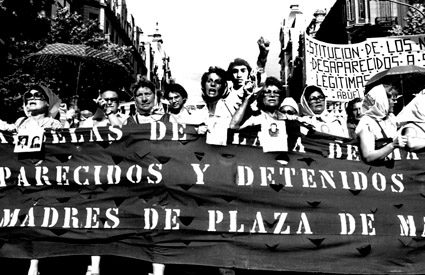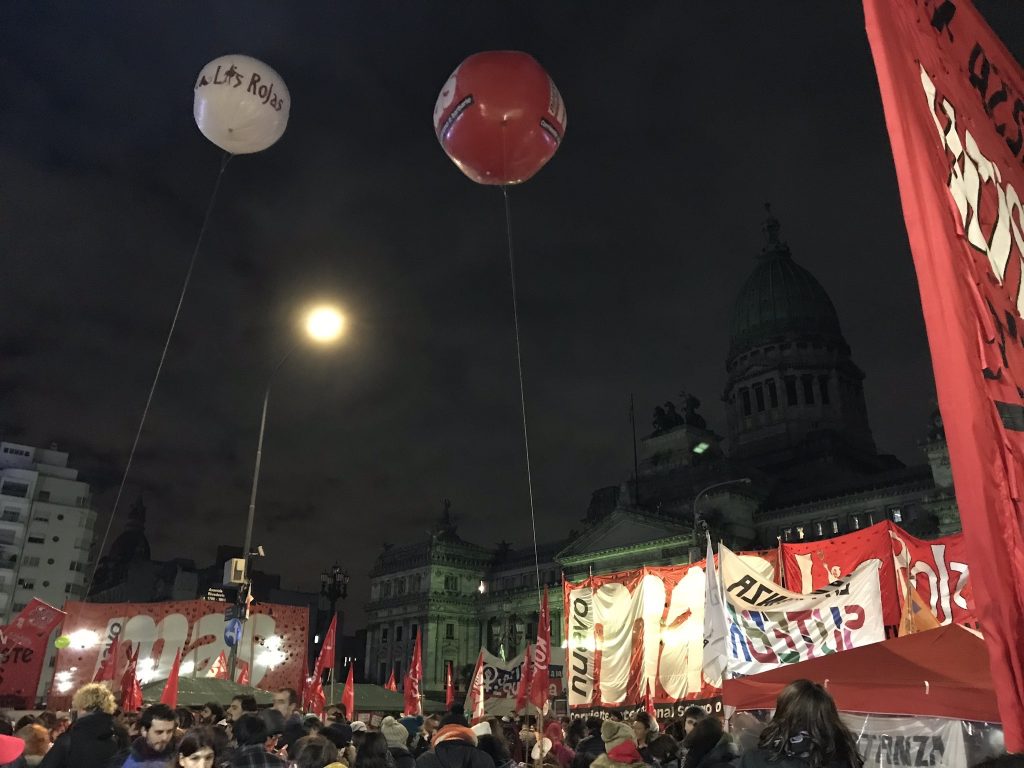
I grew up watching reruns of The Prisoner, a classic sixties television series created and produced by the famously eccentric TV icon Patrick McGoohan. McGoohan also stars in the series, playing a disillusioned British spy struggling to escape his allotted role in the Cold War. A striking opening montage sets the plot in motion. McGoohan’s spy is shown storming into his boss’ office, where, after a ferocious argument, he resigns from his job. Immediately thereafter, he jumps into his sleek Lotus sportscar (this is, after all, the age of Bond) and heads for home. But danger is hot on his heels: two unidentified thugs, disguised as undertakers and driving a hearse, surreptitiously pursue the Lotus across central London. The hearse arrives at the spy’s townhouse; the thugs emerge and flood the house with gas; the spy, in the parlor, is knocked unconscious. Sometime later, he reawakens in what initially looks like the same room. But a glance out the window reveals otherwise. The spy has been kidnapped, and his captors have transported him . . . not to a cell block, but to a picturesque seaside resort town.
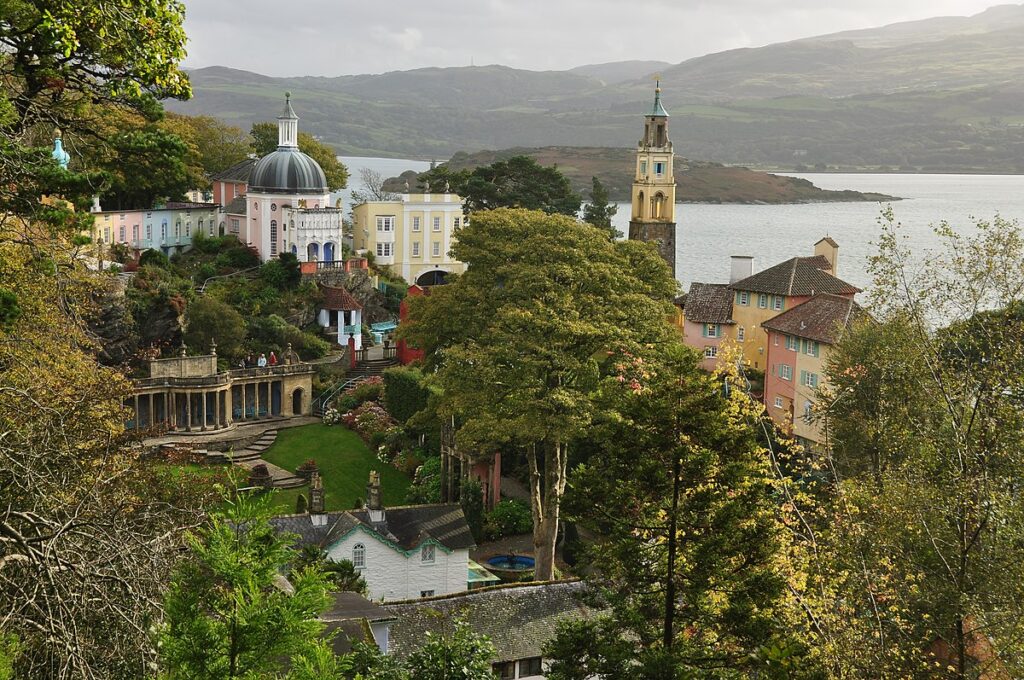
At first glance, “The Village,” whose outwardly cheerful inhabitants go by numbers instead of names, appears to be a harmonious, democratic utopia. But McGoohan’s character, rechristened “Number Six” upon arrival, quickly discovers that his new home is actually a prison for spies. Real power is concentrated in the hands of Number Two, a sinister Village grandee who torments, brainwashes, and interrogates residents on behalf of a mysterious, unseen Number One. To this treatment, Number Six refuses to submit. “I am not a Number!” he declares at the beginning of every Prisoner episode. “I am a free man!” The statement becomes a sort of motto for the show, which revolves around Number Six’s attempts escape from the Village and expose Number One.
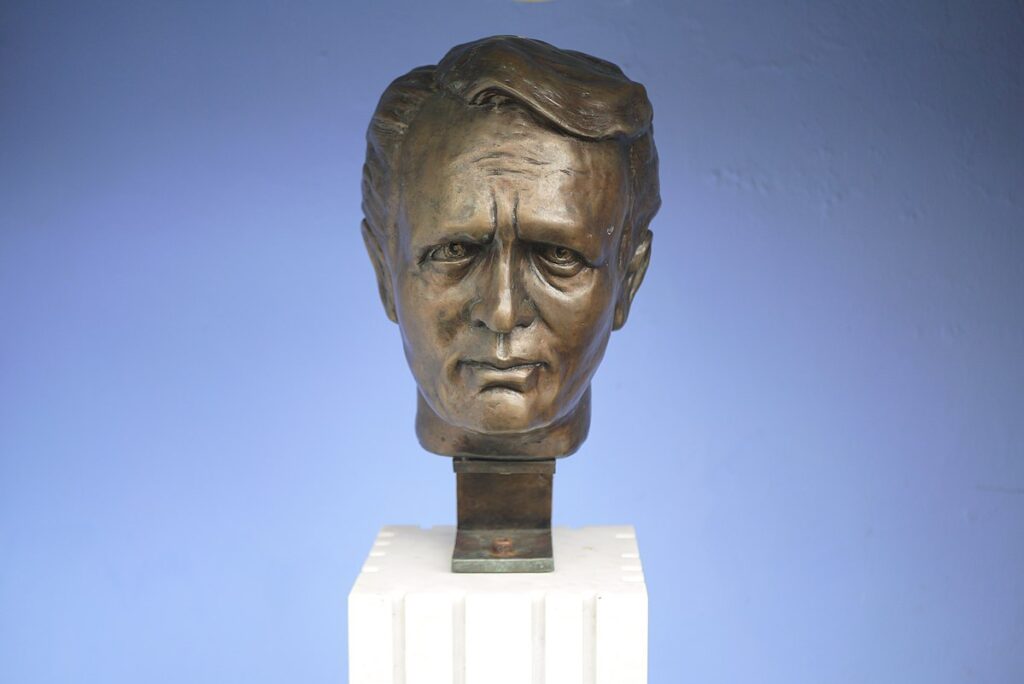
Over the course of sixteen episodes, the Village keeps Six engaged in a deadly game of cat and mouse, always managing to prevent him from slipping out of its grasp. But in The Prisoner’s seventeenth and final installment, McGoohan’s character manages to turn the tables with help from a couple of unlikely allies. The first, a young man referred to by the Villagers as Number Forty-Eight, embodies the defiant weirdness of late sixties counterculture, communicating exclusively by means of hip, irreverent, but also basically incomprehensible slang. The second ally, in a twist, is Number Two, who has become just as dissatisfied with his role as Number Six.
Suddenly, the well-ordered Village has to contend with what one of its leaders describes as “two forms of revolt. The first—uncoordinated youth rebelling against nothing it can define. The second—an established, successful, secure member of the Establishment turning upon and biting the hand that feeds him.” The Villagers respond by staging a show trial, charging Forty-Eight and Two with a series of absurd and revealing “crimes” (“unhealthy habits of speech and dress not in accordance with general practice”; “betraying the trust of the Establishment”; “going over to the Other Side”; and so on). However, the trial descends into chaos, giving Number Six and the two defendants a chance to make their escape. Arming themselves, they shoot their way out of the Village, hijack a van, and flee to London.
It’s a moment of triumph—or, at least, it should be. Yet something remains indefinably but very definitely wrong. The clues are everywhere. At one point, McGoohan’s Six confronts a cloaked figure whom he believes to be Number One, only to discover his own doppelganger concealed beneath the cloak. Later, after the escapees reach London, Number Two quietly joins a throng of officials entering the Houses of Parliament, calling into question his rebellion against the “Establishment.” Most alarming of all, though, are the recurring suggestions that Number Six is still under Village control, even though he believes himself to be living freely back in London. The Prisoner’s enigmatic final scenes raise a disturbing possibility: maybe the Village itself is more than just a physical location; maybe, instead, it’s a system of people and ideas, a system apparently capable of extending itself throughout the world.
As a child, I watched The Prisoner as a straightforward (if unusual) espionage thriller. Recently, I tried rewatching it—and discovered not a thriller but a prescient political allegory. The power struggle that plays out in the Village, pitting jaded elites and rebellious “free men” against an increasingly repressive and reactionary “Establishment,” reproduces in miniature the one historian Jeremi Suri has described in Power and Protest, his prize-winning book on the origins of détente during the Cold War. Unlike The Prisoner, Power and Protest is not designed to entertain: Suri’s book is serious, scholarly, and challenging. But it is packed with bold claims which make it a must-read for anyone interested in international relations. It also sheds light on the development and political significance of sixties counterculture—the same counterculture Patrick McGoohan channeled to create The Prisoner.
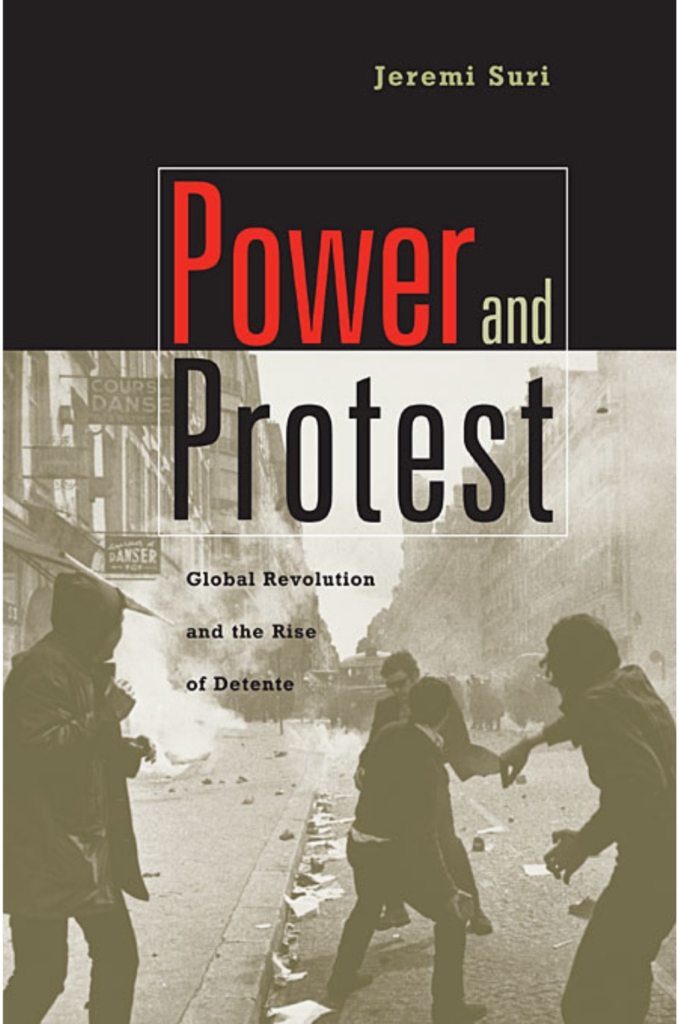
Suri’s narrative begins in the 1950s when rising East-West tensions and the threat of nuclear destruction placed new strains on political systems the world over. In response, frustrated statesmen in China (Mao Zedong), France (Charles De Gaulle), the Soviet Union (Nikita Khrushchev), and the United States (John F. Kennedy) experimented with new, charismatic styles of politics designed to transcend the deadlocked Cold War. At the same time, an international “language of dissent” invented by anti-establishment writers took root on university campuses on both sides of the Iron Curtain. Young people rejected the logic of the Cold War and denounced the overblown, usually unfulfilled promises of charismatic politicians. They also “grew visibly more violent” until, in 1968, their “rebellion produced revolution.” Challenges from above and below, from the Village elite and their restive, unruly prisoners, pushed the international system to the breaking point.
However, as the rest of Suri’s book shows, the international system fought back. In order to defeat the global “revolution” of 1968, a new fraternity of world leaders—led by West Germany’s Willy Brandt, the Soviet Union’s Leonid Brezhnev, U. S. president Richard Nixon, and a chastened, more conservative Mao—“colluded to stabilize their societies and preserve their authority.” Détente, the programmed de-escalation of the Cold War, helped repair their damaged reputations and allowed them to prioritize social welfare instead of military preparedness. Unfortunately, the new politics of peace and well-being was also “profoundly conservative” and deeply manipulative. “The promise of detente,” Suri explains, “became a stick with which to beat domestic critics. . . . It made the sacrifices of the Cold War appear ‘normal,’ and it further isolated policymakers from their publics. In this way, detente contributed to the pervasive skepticism of our postmodern age.”
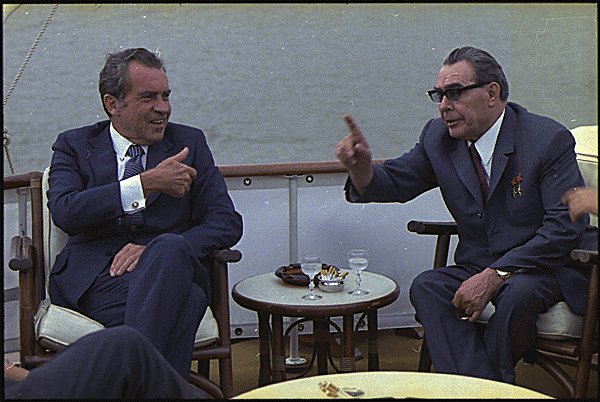
Power and Protest thus narrates the prehistory of the “post-truth” world we live in today. It also reveals that The Prisoner, produced on the eve of revolution in 1967–68, was both remarkably insightful and ultimately blind to the limitations of its own anti-establishment critique. In an early episode, Number Six asks Number Two “which side” of the Iron Curtain Number One and his henchmen stand on. Two’s response speaks volumes. “It doesn’t matter which side runs the Village,” he tells Six. “[B]oth sides are becoming identical. What has been created is an international community, a blueprint for world order. When both sides realize they’re the same, they’ll see this is the pattern for the future.” Like the revolutionaries of 1968, Six chooses to rebel against this dystopian vision of a peaceful but uniformly repressive international system. But ultimately, neither the Prisoner nor his real-world counterparts were able to realize their desire for freedom. Instead, thanks to the détente they inadvertently catalyzed, they remained prisoners of the Cold War.
John Gleb is a doctoral candidate in the Department of History at the University of Texas at Austin and a Graduate Student Fellow at the Clements Center for National Security.
The views and opinions expressed in this article or video are those of the individual author(s) or presenter(s) and do not necessarily reflect the policy or views of the editors at Not Even Past, the UT Department of History, the University of Texas at Austin, or the UT System Board of Regents. Not Even Past is an online public history magazine rather than a peer-reviewed academic journal. While we make efforts to ensure that factual information in articles was obtained from reliable sources, Not Even Past is not responsible for any errors or omissions.
